
While in service, the S-3 represented a voluminous, comparatively long endurance platform that had incredible potential for re-fitting and growth.
In an age where an aircraft's avionics and adaptability are the name of the game over raw performance, the S-3 seemed like a perfect canvas for which NAVAIR could paint their creative dreams upon. And even more importantly, the S-3s were already paid for.
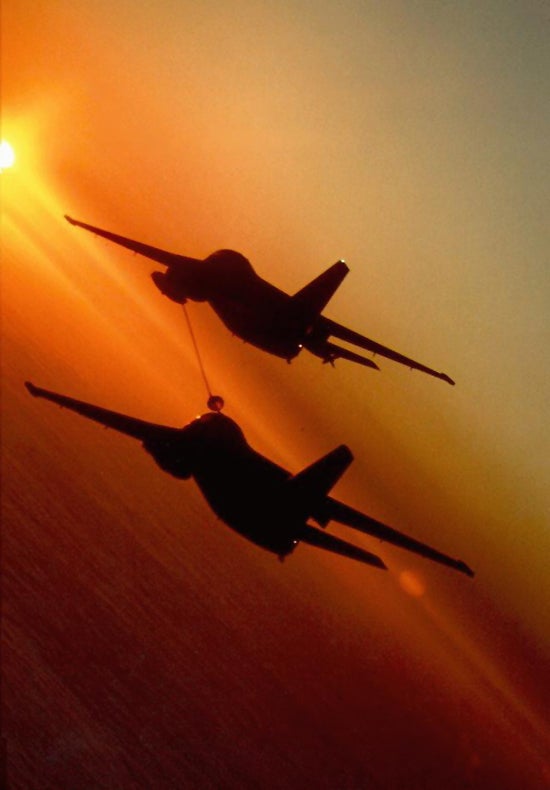
The fact that the jet could stay up in the air for hours, without needing costly and high demand tanker gas, was a huge incentive for the DoD to keep the once-sub hunter turned lackluster aerial tanker flying for surveillance and attack duties.
Seeing as the aircraft also sported an internal weapons bay that was perfectly sized for today's shrinking and super capable precision guided munitions, the S-3 could have been inexpensively turned into a hardcore weapons and surveillance truck, basically doing the same job as an MQ-9 Reaper.
Regardless of the Viking's newly found success and pleas to keep it in service, the Navy would have none of it. When it comes to the NAVAIR, it seems that once a system is selected to get the axe, only the outbreak of war will keep them from letting that axe fall, something that I swear many Tomcat lovers were praying for back in 2006 during "Tomcat Sunset."
Sure, it is pretty wild to wish for conflict just to see the iconic "Turkey Bird" prove itself again in battle and go out with a thundering bang, but hey, people LOVED that jet.
Sadly, it seemed that for every person that fought for the Tomcat's reprieve, another one misunderstood the more humble yet adaptable S-3, and in the end only the true combat aircraft nerds or those within NAVAIR who realized what the Navy was giving up really cried against its premature demise.
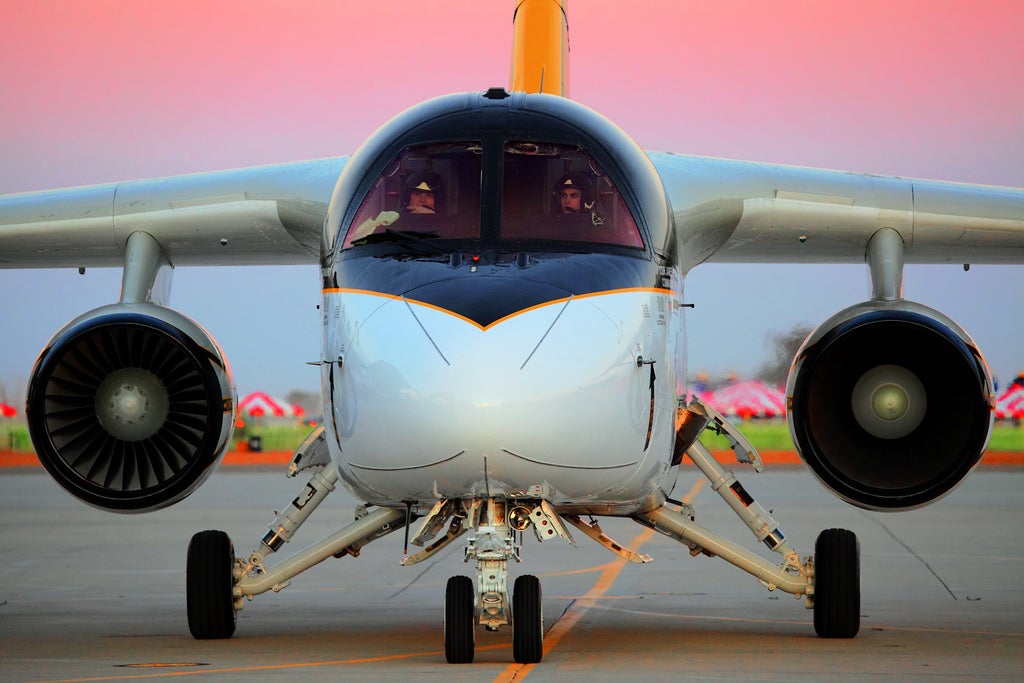
Long endurance, fuel efficiency and lots of space for electronics and sensors were capabilities in incredibly high demand over the last decade, but for some reason the Viking remained in many people's mind as sub hunter or a tanker.
I even proposed turning at least a portion of the Viking fleet into unmanned aircraft, in an attempt to bridge the gap between the X-47B like UCAVs of tomorrow and the known manned systems today.
In regards to my unmanned S-3 thesis, the jet could pack a ton of gas if it was gutted and turned into an unmanned sensor platform, and it already has large apertures to host powerful sensors.
Additionally, the Viking features reliable "off the shelf" motors that are in widespread use in various guises throughout the civil aviation world (you will never look at a CRJ regional jet the same again will you?!) as well as flying on the USAF's A-10 Warthog.
Finally, the Viking was built for a maritime environment and can already operate off of America's nuclear aircraft carrier decks.
With all this in mind, it seems almost criminal not to use these machines for something, even if that something means no human beings are in the cockpit.

Turning the S-3 into a medium altitude long endurance (MALE) drone makes good sense.
In so many ways it could be the lower tier, carrier deployed version of the MQ-4C Triton Broad Area Maritime Surveillance version of the Global Hawk, loitering on high for enhanced sensor coverage, while still being able to drop down below the clouds to have a closer look at a suspicious radar contact, or even provide search and rescue duties or attack a target if need be.
Sure, adapting a prematurely retired platform to fly unmanned missions seems like logical interim use for the aircraft, but Lockheed Martin apparently has something much more conventional in mind for the S-3, using the Vikings in the humble but critical carrier on-board delivery (COD) role.
Currently COD duties are fulfilled by the venerable C-2 Grayhound, the blunt nose, fat bellied cousin of the Grumman E-2C Hawkeye. The C-2's are far from young, and rebuilding them again at great cost does not seem to be on the Navy's must have list. It seems like they may want something fresh.
Currently, there are three outright contenders for the job, the V-22 Osprey, an updated version of C-2, and yep, the S-3 Viking.

The Navy is no stranger to the V-22, as NAVAIR also runs the Marine's air arm component, which now owns hundreds of MV-22s.
Additionally, the Navy was supposed to buy about fifty of the V-22s to partially replace its tandem rotor CH-46s Sea Knights for multi-mission duties, including vertical replenishment, but this never happened and today MH-60S largely does the CH-46's job.

The Osprey has its advantages. The aircraft is already in service with the Navy's sister service and it could be used for other missions than COD if need be, much as the Marines use the aircraft today.
Yet any capabilities beyond the COD mission would be a secondary as the Navy needs to move a lot of crap to and from its super carriers daily and it only has a few dozen or so C-2s currently on hand to do the job.
The Osprey's hovering capability is attractive as it could break the Navy's current "hub and spoke" aerial logistics system, where urgent material is flown to the Carrier via C-2 and then repacked into helicopter cabins or sling loaded to other ships in the Carrier Strike Group.
Still, the V-22 is not a pressurized aircraft, limiting its ability to fly at high altitudes, over bad weather, and without its crew and passengers having to don oxygen masks.
It also lacks range in comparison to the C-2, and even with upgrades it would be far inferior in the range department to an upgraded C-2 or a new traditional fixed wing design. It is also expensive to buy at around $65M a pop, and it is also costly to operate in comparison to more tradition helicopter and fixed wing designs.

Purchasing four dozen V-22s would leave the Navy with a $3B bill, and that does not include modifying its ships to handle this unique aircraft. Also, a huge issue with the V-22 operating in the COD role is that it cannot haul a F-35's jet engine. The super-wide turbofan simply will not fit through the V-22's rear ramp opening with its transport packaging.
Even if the motor were broken down into five components, still some of them may not fit. So, the V-22 would have to sling load the $15M engine in order to transport it from shore to ship, which could only occur in good weather and such an operation would drastically slash the V-22's range and speed.
This leaves the Navy with a bit of a conundrum, should it really spend $65M a copy for the Osprey when it may also have to procure more $15M engines for its F-35Cs due to this logistical brick wall?
To sum it up, although the V-22 is more versatile tactically than a fixed wing COD aircraft, all of its unique limitations may strategically hamper the Carrier Strike Group's flexibility overall.

This is precisely where Lockheed Martin thinks there is an opportunity to breathe new life into a previously cast off platform, that being the S-3 Viking.
Close to a hundred of these aircraft are sitting preserved in the Arizona Desert and the majority of these aircraft have around 9,000 hours of life left just before they need major wing inspections!
Theoretically, the S-3 could fly for tens of thousands more hours beyond even its arbitrary 18,500 hour service life. In comparison, the baseline service life of a brand Super Hornet is 6,000hrs.
Additionally, life up at altitude working as transport aircraft is much less harsh on an airframe than one where being down low over the deck hunting for submarines for hours is a regular occurrence.
So the idea is that Lockheed will put the S-3 under a massive modification and rebuilding regimen and turn the orphaned jets into the sort of jet powered "Super COD" that the Navy is looking for.

To be clear, the Viking has performed COD duties before, under the guise of the US-3A.
A small lot of these aircraft were modified back in the late 1970's and early 1980's as time sensitive cargo delivery trucks via ripping out the rear crew seats and mission gear and making use of the aircraft's generous internal volume via adding six passenger seats in two rows.
The weapons bay was modified to carry cargo and a huge cargo pod was carried on a wing station that could be stuffed with all types of material. The US-3A was faster and longer ranged than the C-2 and could be aerial refueled, but it could not carry big items like jet engines and other out-sized cargo.
Interestingly enough, Lockheed pitched an idea where they would build a stretched, fatter US-3 that would retain the wings and control surfaces of the original Viking, but the fuselage would be 100% COD optimized and capable of handling up to 30 passengers as well as spare jet engines.

Almost 35 years later, Lockheed has presented the Navy with a "innovative" solution to their looming COD crisis, an S-3 based COD!
In fact Lockheed's proposal features almost the exact same aircraft that was pitched decades ago, but this time instead of building new aircraft, the S-3's motors, wings, tail, control surfaces and other bits would be reused and attached to a brand new fuselage.
This fuselage would feature an updated cockpit, a rear cargo ramp and seating for up to 28 people.
The aircraft would be able to carry at least 10,000lbs of cargo and could do so at a good clip. What is most enticing is that the "C-3," as Lockheed calls it, would be able to swallow an F-35's Pratt and Whitney F135 engine and its transport packaging as a whole, with no need to break the engine apart into individual components.

The C-3 is said to have longer range and be much faster than the existing C-2 and even the upgraded one that Northop Grumman is marketing to the Navy. In addition, the S-3 will not only be aerial refueling-capable, but it will also retain its old aerial refueling role as tanker.
This really is a fantastic added capability as the S-3 was never a good escort tanker, as it could not keep up with the fighters in the Strike Package, but it was a fantastic launch and recovery tanker due to its ability to loiter for long periods of time.
Using the C-3 in this manner would save thousands of hours of prized Super Hornet airframe life, and would allow the Carrier Air Wing to have an ideal asset for topping off its fast jets before and after missions. A tanker capable C-3 will also be able to free up Super Hornets to do what they do best, kill things and pass gas to the strike package on the way to their targets.
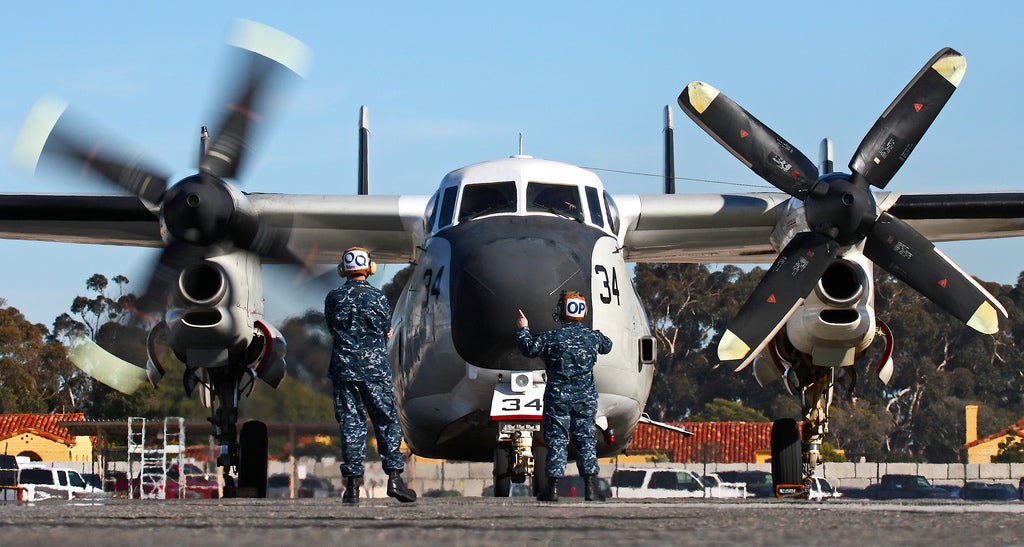
Surplus S-3s has been rumored to have been offered by the US to some of our foreign friends as maritime patrol aircraft right after the jet was retired from active service, and South Korea has been floating the idea of procuring a batch of them, albeit this may change now that Lockheed is trying to get Uncle Sam to get back in the Viking business.
Regardless of foreign interests, after being retired for the better part of a decade, with only a few examples remaining to plow the skies for niche tasks, the S-3 may rise from the ashes and become a key player for NAVAIR once again.
Considering the harsh budgetary climate the DoD finds itself in, cutting costs while improving and even adding capabilities for a particular mission set is the name of the current fiscal game.
Lockheed's dusting off of an old offering and adapting it to the current Naval climate is actually quite genius. It recycles existing, familiar assets, while at the same time providing two roles that are the backbone of a carrier's ability to project power, those being high-speed logistics and providing tanker gas for hungry Super Hornets and eventually F-35Cs.
Foxtrot Alpha is a big fan of the DoD making the very most out of the assets it already has purchased before blowing extreme amounts of cash on new ones. The recycling of the S-3 sounds like a terrific opportunity to do just that.
It will be very interesting to see what the cost predictions are for rebuilding the S-3 into a true COD machine, but considering what is already acting as rattlesnake shades in the Arizona Desert (around 90 usable S-3s), and the off the shelf technologies that could be applied to this already adaptable platform, I think the V-22 and an upgraded Greyhound may have a hard fight in front of them.
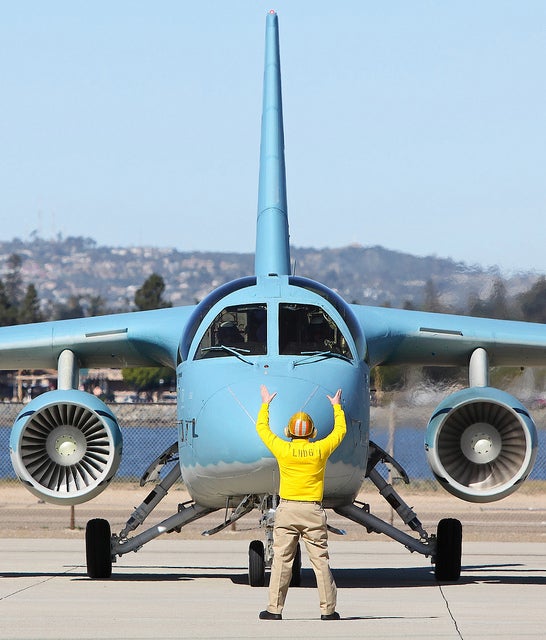
The one issue standing in the way of the C-3 concept is a very powerful V-22 Osprey lobby in Washington DC, and from the Marine contingent within NAVAIR itself.
But the truth of the matter seems to be that with the V-22 as the Navy's primary COD aircraft, a Navy flattop flotilla may have to operate closer to shore than with an alternative traditional fixed wing aircraft, or it will have to go without crucial COD logistics for long periods of time under certain conditions.
This begs the question: Will the Navy be willing to sacrifice a portion of its total force projection capability, and even a Carrier Strike Group's survivability, just so that the V-22 can find a place on its carriers' decks?
A yes to this question is not out of the question as performance compromised "jack of all trades, master of none" weapon systems seem to be fairly in fashion with Navy and the DoD overall.
Eventually, all the "opportunity cost debits" of procuring less than optimum platforms for many missions will add up into a diminishing return on investment when it comes to America's extremely costly Carrier Strike Groups.
It is not a matter of questioning if they the most capable carrier groups in the world, but one of questioning if could they be even more capable and thus a better investment for the tax payer if the Navy purchased, or at least stopped retiring aircraft that were built to be the best at their individual mission sets?
In other words, is it worth it to spend a little more, when you are already spending a ton, to get a lot more potency even if your force is already the most potent in the world? This debate will certainly rage on, and the Navy's next COD will be a central part of it, as the C-2's replacement will have a much larger impact on the Carrier Strike Group's overall capability than just ensuring that sailors get their mail in a timely manner.
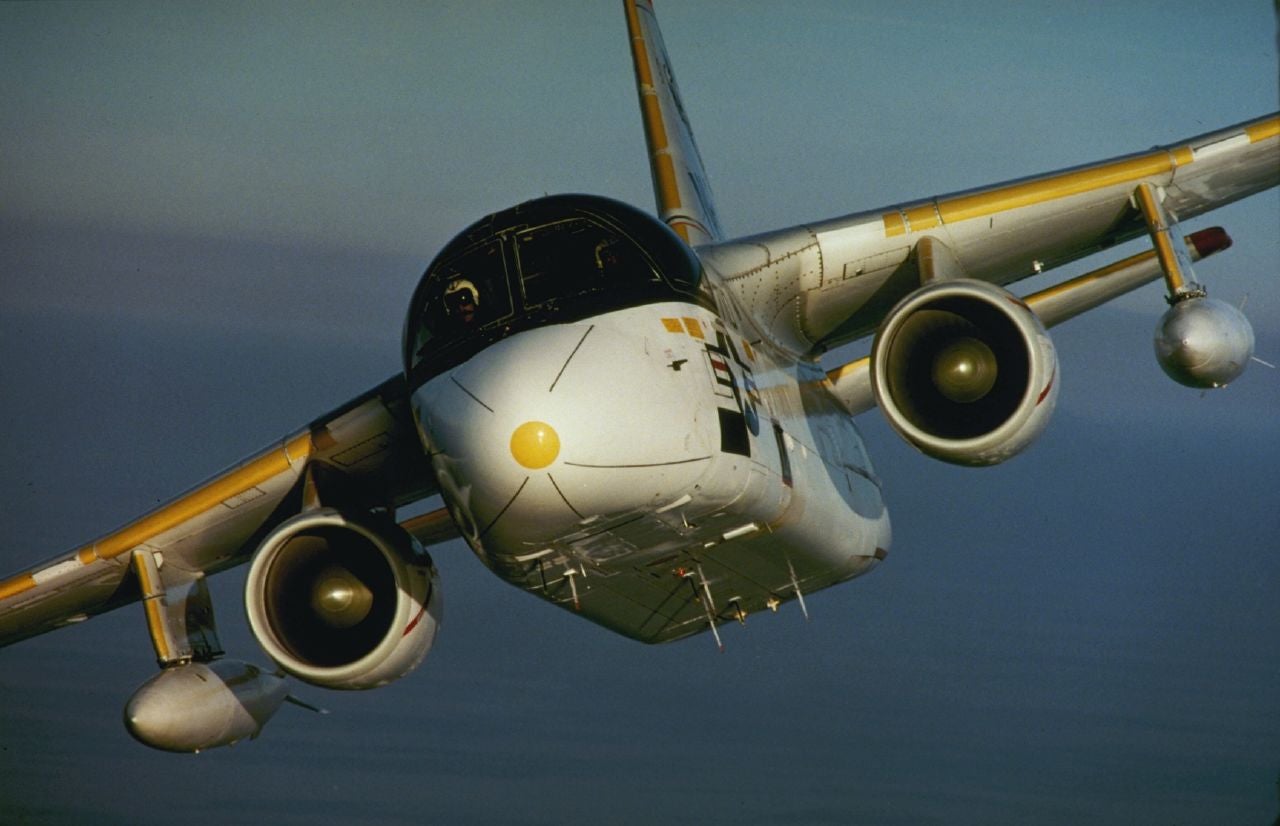
Regardless of the politics of the issue, it is amazing that after being needlessly thrown away as an unneeded and low-priority platform, the mighty Viking may just rise from the ashes to fly off America's flattops once again.
And if the C-3 is successful, maybe the USAF will take notice and realize just how much potential they willingly throw away year after year in the name of all or nothing "technological progress."
(Tyler Rogoway - FoxtrotALPHA)
All pictures via Navy, NAVAIR, Lockheed Martin aside from C-2 start-up and S-3 taxiing with pink sunset which are copyright via Tyler Rogoway.
No comments:
Post a Comment